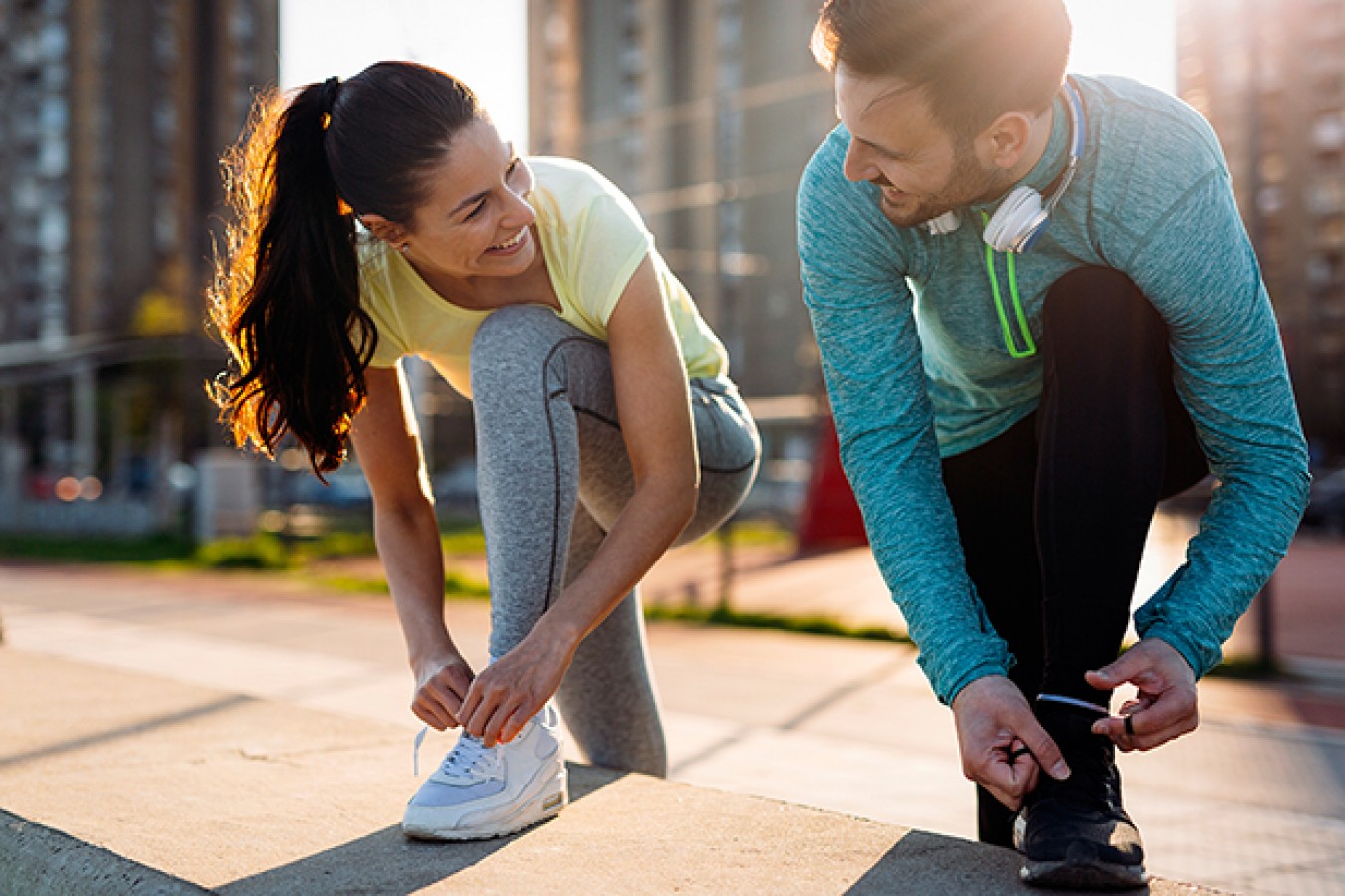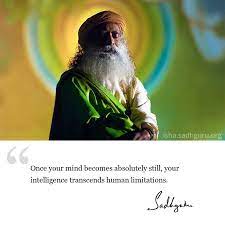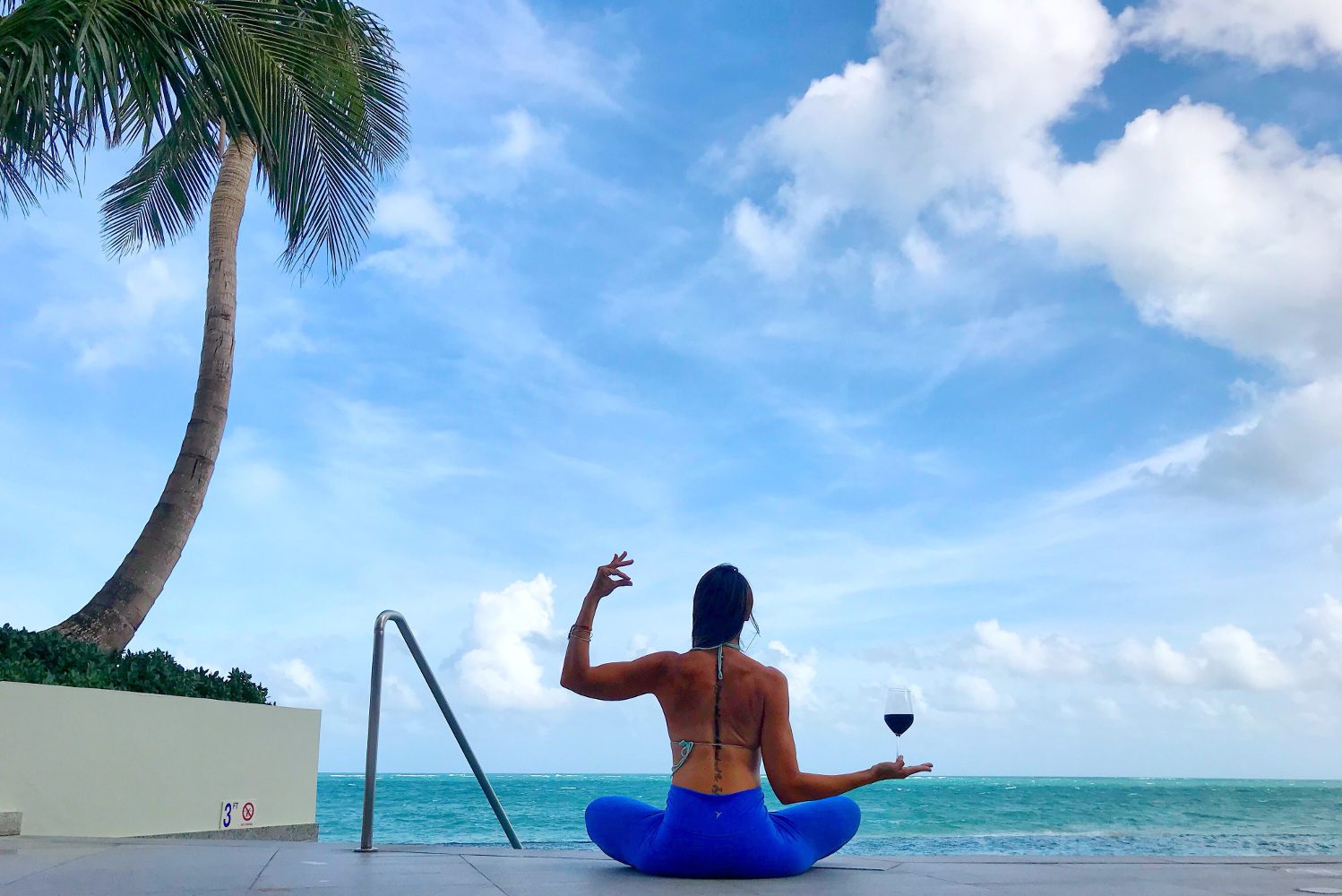
Savasana is a restorative pose in which the practitioner is in a relaxed position. This pose is also known as Mritasana (or Corpse pose), and it's used to end a session of yoga. This is also a key pose in yoga nidra meditation. For this reason, savasana is a key component of Restorative Yoga. This pose is one of the most common positions used during a yoga class.
Sukhasana
Sukhasana (a type of yoga position) is one example. To do this pose, the practitioner must turn to the right side and relax for between 30-60 seconds. To help the body stay in Sukhasana (or to support it), the right hand must be on the ground. For the practitioner to be aware of what is going on around him or her, he must have his/her eyes open. Your feet may be pointed upwards or below the opposite thighs.
Sukhasana is an extremely comfortable sitting pose that can be used for meditation and breathing exercises. It aligns the spine and helps reduce stress and anxiety. It strengthens the knees, ankles, and hips.
Pose of the corpse
Shavasana (also known as Corpse Pose, or Mritasana) is a popular yoga relaxation pose. This pose is used to wind down after a session of yoga. It is also common during yoga Nidra meditation. Restorative Yoga has a lot to offer, including the corpse pose.

Corpse Pose requires that your arms, legs and back are extended toward the ceiling. Your back should be broad, and your shoulder blades should be away from your spine. After five minutes, you can begin to roll out of the position. The corpse is a meditative pose that will help you discover the true meaning of yoga.
Side-lying savasana
Savasana is an expansive, powerful pose. To make it easier on the spine, try stretching your legs apart and keeping your arms away from your side. To create a more controlled feeling, you can bring your legs closer together. You can release tension from your hip flexors and iliopsoas muscles by placing a bolster or folded blanket under your knees.
Pregnant women often find lying on their backs uncomfortable. This may be because of the reduced pressure on the inferior Vena Cava, which is the vein that delivers blood from the baby to her heart and brain. The bolster, which can fit the woman's body to make a comfortable savasana, can help.
Props for savasana
Props can make a big difference in your practice of Savasana. For example, a blanket can be used to cushion your knees when performing certain poses, or it can be used to cover your body during savasana. These are great for helping you relax and ease into the pose.
To support your back, you can also use cushions, bolsters, or blocks. This will keep you in the correct position. These can be very beneficial for those who suffer from lower back pain and sensitive tailbone. They can also help people who are uncomfortable with facing the ceiling. Young women may feel uncomfortable facing the ceiling during puberty. To prevent this, a bolster can be used. This can be especially useful for yoga teachers teaching teenagers.

Benefits from savasana
Savasana, a very relaxing position that calms the nervous system, is known as a "savasana". It promotes interoception. These are linked to motor control, the autonomic nervous system, and motor control. This system controls various functions in the body, such as digestion. Interoception is strongly connected with subjective feeling states. The practice of savasana can increase awareness of breathing patterns and calmness.
Shavasana also provides a buffer between physical workouts and day-to-day activities, making it a perfect post-workout rest. Because it lowers heart rate and blood pressure, Shavasana is especially useful for those with high bloodpressure. Pracing savasana can help you become more aware of your energy levels and improve your focus.
FAQ
How does yoga affect your mental health and well-being?
Yoga is an ancient Indian practice. It was used by people to relax and reduce stress. Many people practice yoga today to combat anxiety, panic attacks, depression, insomnia, chronic pain and other conditions.
Yoga may also improve physical symptoms such as headaches, backaches, arthritis, and high blood pressure. Many who have done yoga report feeling calmer, happier.
Are there classes that I can take with other people?
It depends on the class. Some teachers offer private lessons only. Others offer classes for students who want to meet others in the class.
Some studios offer small classes called "classes in a class," which allows you to meet people with similar interests.
Is yoga safe for everyone?
Yoga is safe for all age groups, genders, races, abilities and abilities. Yoga has been practiced for thousands upon thousands of years without side effects.
Please consult your doctor if any of these conditions are present before you begin a new exercise regimen.
How long does it take for you to master yoga?
Yoga is a lifelong endeavor that requires dedication as well as patience. Everybody learns new things at his/her own pace.
It doesn't matter how old or young you are. You can master any type of yoga routine if you put in enough effort and are willing to work hard.
What has research shown about yoga for wellbeing?
Yoga has been found to improve mental well-being, reduce stress levels, and promote overall wellbeing. It also helps people lose weight and maintain a healthy body mass index (BMI).
Yoga can help lower blood pressure, improve cardiovascular function and boost immunity.
These are only a few of the many benefits that yoga can bring.
The list can go on!
Do I need to be flexible to practice yoga?
It all depends upon the type of yoga. You may need to be flexible in some styles of yoga, while others will help you build muscle strength.
Different styles of yoga will require different levels. Beginners may need to only stretch their arms overhead. Intermediate practitioners will need to bend forward and touch the toes. Advanced practitioners might need to do deep twists or bends.
How long does it take for yoga to be effective?
Although yoga takes some time, you can always expect a great workout. It takes time to increase strength, flexibility, endurance. It's best to begin slowly, and then gradually increase intensity until your goal level.
Consistency will be the key. The more you practice, you will become better at it.
Statistics
- About one in seven U.S. adults practiced yoga in the past 12 months, according to a 2017 national survey. (nccih.nih.gov)
- Lock in 25% off your Founding Member rate. (corepoweryoga.com)
- The American Psychological Association recently shared that 84% of American adults feel the impact of prolonged stress (5). (healthline.com)
- According to calorie estimates calculated at Harvard Medical School, the average 125-pound person burns about 120 calories in a half hour of hatha yoga, and a 185-pound person burns about 178 calories in that half hour. (everydayhealth.com)
- The people in the yoga group were 37 percent more likely to have quit smoking by the end of the 8-week program. (nccih.nih.gov)
External Links
How To
Is yoga a good workout?
Yoga is not just for people looking to lose weight. Yoga helps you to develop flexibility, balance coordination, strength and calmness.
Yoga isn’t just exercise. Instead, it’s an art form. The poses are used as a way to relax and meditate. They help us to improve our posture, concentration, and breathing.
Yogis are those who practice yoga. Yogis follow various forms of yoga, including Hatha, Ashtanga, Iyengar, Vinyasa, Bikram, Kundalini, Yin Yang, and Restorative.
There are many types and styles of yoga. But they all share similar goals. Each type focuses on different aspects of health and wellness. There are many yoga styles, including Hatha, pranayama and meditation.
Some yoga exercises that require no equipment are:
-
Sun Salutation: This series of 12 postures begins with a forward bent, and then 10 additional poses.
-
Warrior Pose - While holding a stick or staff, a warrior pose is done.
-
Triangle Pose – To achieve this pose, you need to raise one leg and then bend at the knee.
-
Standing Forward Bend - This position involves bending forward from the waist and putting your legs straight on the floor.
-
Seated Twist - This pose is performed while seated on a chair or mat.
-
Cobra Pose - This pose is performed lying flat on your back with arms overhead.
-
Child's pose - This is when you are lying on your back, face up.
-
Cat/Cow Pose: This combination of a cow and cat pose is called the Cat/Cow Pose. Your upper body should be lifted off the ground while you are lying down. Then roll over onto your side and place your hands under your shoulders.
-
Head tilt - This is a pose where you tilt your head back while keeping your eyes open.
-
Shoulder stand - This position involves standing straight up with your arms and feet raised above the head.
-
Tree Pose- You can achieve this pose by kneeling on one knee with your hands under you shoulders.
-
Bow Pose- Bend forward from your hips into bow pose and place your hands on to the ground.
-
Corpse Pose - This pose is held for five minutes.
-
Mountain Pose – This is a pose known as mountain pose. Your spine should be straightened and you must stand tall.
-
Legs up the Wall Pose: This pose requires that you hang upside-down on a wall.
-
Side Angle Pose - This pose is accomplished by leaning against a wall and putting your right arm next to the wall.
-
Plank Position: This is when your legs are bent at the waist and your arms extend out to one side.
-
Bridge Pose – Balance on your elbows while balancing on the toes in this pose.
-
Reverse Table Top - This position is achieved by lying on the stomach and reaching your arms towards your ceiling.
-
Handstand - This pose requires balance and strength. This pose can be done by placing your hands between two walls, or using a door frame.
-
Half Moon Pose also known as Hero Pose. This is achieved by standing on your hands, and toes.
-
Handstand or Headstand - This pose requires balance and strength. This pose can be done on a wall, or by using a doorframe.
-
Forearm Balance - This pose is performed on your forearms resting on a tabletop.
-
Spinal twist - This is a pose where your belly lies while your arms reach your arms.
-
Supported bound angle pose - This pose needs support and balance. For support, use a beam or tree branch to help you balance.
-
Wide Leg Forward Fold - This pose is achieved by spreading your legs apart and touching your toes.
-
Single Pigeon Pose - This pose is similar to the wide leg forward fold but has only one leg extended.
-
Extended Puppy Dog Poses-This pose is extremely relaxing. You can do this by extending your legs and bending your knees.
-
Standing Forward Bend - This is a pose where you are seated cross-legged, stretching your calves and hamstrings.
-
Crow Pose - This pose is difficult to do but very rewarding once you master it. The trick is to raise your arms higher than your head and lower them so that they touch the ground.